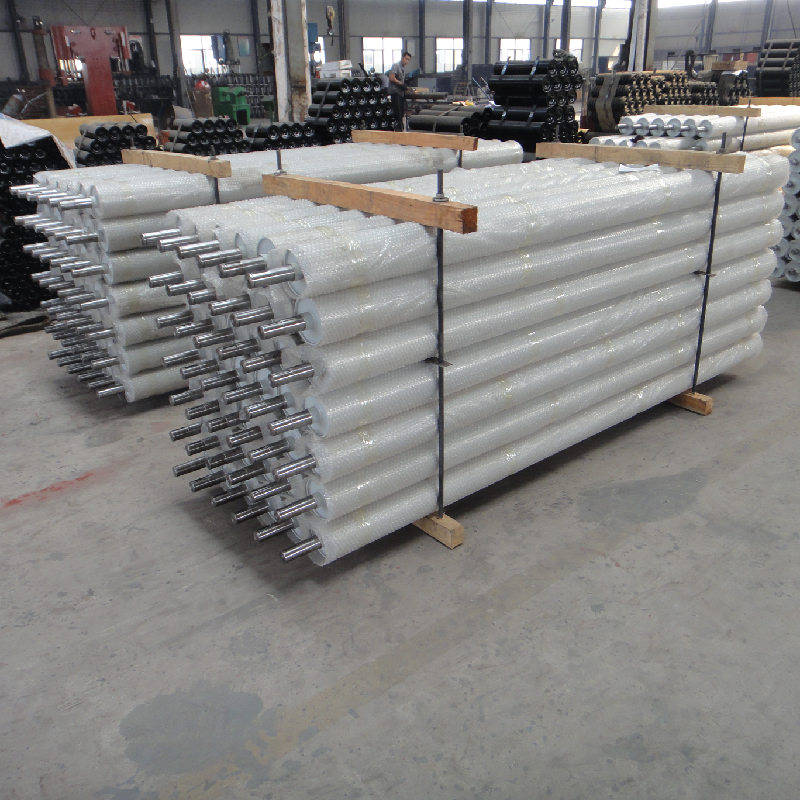 Afrikaans
Afrikaans  Albanian
Albanian  Amharic
Amharic  Arabic
Arabic  Armenian
Armenian  Azerbaijani
Azerbaijani  Basque
Basque  Belarusian
Belarusian  Bengali
Bengali  Bosnian
Bosnian  Bulgarian
Bulgarian  Catalan
Catalan  Cebuano
Cebuano  Corsican
Corsican  Croatian
Croatian  Czech
Czech  Danish
Danish  Dutch
Dutch  English
English  Esperanto
Esperanto  Estonian
Estonian  Finnish
Finnish  French
French  Frisian
Frisian  Galician
Galician  Georgian
Georgian  German
German  Greek
Greek  Gujarati
Gujarati  Haitian Creole
Haitian Creole  hausa
hausa  hawaiian
hawaiian  Hebrew
Hebrew  Hindi
Hindi  Miao
Miao  Hungarian
Hungarian  Icelandic
Icelandic  igbo
igbo  Indonesian
Indonesian  irish
irish  Italian
Italian  Japanese
Japanese  Javanese
Javanese  Kannada
Kannada  kazakh
kazakh  Khmer
Khmer  Rwandese
Rwandese  Korean
Korean  Kurdish
Kurdish  Kyrgyz
Kyrgyz  Lao
Lao  Latin
Latin  Latvian
Latvian  Lithuanian
Lithuanian  Luxembourgish
Luxembourgish  Macedonian
Macedonian  Malgashi
Malgashi  Malay
Malay  Malayalam
Malayalam  Maltese
Maltese  Maori
Maori  Marathi
Marathi  Mongolian
Mongolian  Myanmar
Myanmar  Nepali
Nepali  Norwegian
Norwegian  Norwegian
Norwegian  Occitan
Occitan  Pashto
Pashto  Persian
Persian  Polish
Polish  Portuguese
Portuguese  Punjabi
Punjabi  Romanian
Romanian  Russian
Russian  Samoan
Samoan  Scottish Gaelic
Scottish Gaelic  Serbian
Serbian  Sesotho
Sesotho  Shona
Shona  Sindhi
Sindhi  Sinhala
Sinhala  Slovak
Slovak  Slovenian
Slovenian  Somali
Somali  Spanish
Spanish  Sundanese
Sundanese  Swahili
Swahili  Swedish
Swedish  Tagalog
Tagalog  Tajik
Tajik  Tamil
Tamil  Tatar
Tatar  Telugu
Telugu  Thai
Thai  Turkish
Turkish  Turkmen
Turkmen  Ukrainian
Ukrainian  Urdu
Urdu  Uighur
Uighur  Uzbek
Uzbek  Vietnamese
Vietnamese  Welsh
Welsh  Bantu
Bantu  Yiddish
Yiddish  Yoruba
Yoruba  Zulu
Zulu ceramic lagging pulley
The Role and Importance of Ceramic Lagging Pulleys in Conveyor Systems
In the realm of material handling, conveyor systems play a pivotal role in the transportation of goods across various industries. One of the critical components of these systems is the pulley, particularly the lagging pulley, which significantly impacts the performance and longevity of the conveyor belt. Among the different materials used for lagging, ceramic has emerged as a preferred choice due to its unique advantages. In this article, we will delve into the features, benefits, and applications of ceramic lagging pulleys.
Understanding Lagging Pulleys
Lagging refers to the application of a material on the surface of the pulley to enhance its performance. The primary functions of lagging include improving belt traction, reducing slippage, and extending the lifespan of both the pulley and the conveyor belt. Traditionally, rubber was the go-to material for lagging, but it has its limitations, particularly in high wear and aggressive conditions. This paved the way for the adoption of ceramic lagging.
The Advantages of Ceramic Lagging
1. High Wear Resistance One of the standout features of ceramic lagging is its remarkable resistance to wear and tear. The use of ceramic materials, such as hard ceramic tiles, allows the pulley to withstand heavy loads and abrasive materials without degrading quickly. This robust wear resistance translates to increased uptime and reduced maintenance costs.
2. Enhanced Traction Ceramic lagging provides superior traction compared to traditional materials. The textured surface of ceramic lagging ensures that the conveyor belt maintains a firm grip on the pulley, minimizing slippage during operation. This enhanced traction is particularly important in conveyor systems that transport heavy or slippery materials.
3. Temperature Resilience Ceramic materials exhibit excellent performance in high-temperature environments. Unlike rubber, which can degrade under thermal stress, ceramic lagging retains its structural integrity, making it suitable for use in industries where heat is a concern, such as mining, metallurgy, and heavy manufacturing.
4. Chemical Resistance Many industrial environments expose pulleys to corrosive chemicals. Ceramic lagging is inherently resistant to chemicals, ensuring that the pulley maintains its performance even in harsh conditions. This feature makes ceramic lagging suitable for applications in the chemical processing industry, as well as in waste management.
5. Lower Noise Levels The use of ceramic lagging can also contribute to noise reduction in conveyor systems. The material dampens vibrations, leading to quieter operations, which is an essential consideration in settings where sound levels must be managed.
ceramic lagging pulley

6. Easy Installation and Replacement While ceramic lagging may seem complex, it can be easily installed and replaced when necessary. Many manufacturers provide customizable solutions, allowing for the precise fitting of ceramic tiles to pulleys, ensuring maximum efficiency and performance.
Applications of Ceramic Lagging Pulleys
Ceramic lagging pulleys are versatile and can be found in a wide range of industries. Some notable applications include
- Mining In the mining industry, where materials like coal, ore, and minerals are transported, ceramic lagging is crucial in reducing wear on pulleys and belts, thereby extending operational life and efficiency.
- Bulk Material Handling Facilities that handle bulk materials, such as grain, cement, and aggregates, benefit from the enhanced traction and durability provided by ceramic lagging.
- Steel Production In steel production, ceramic lagging can withstand the high temperatures and abrasive conditions associated with the manufacturing process, providing reliable performance.
- Food Processing In the food industry, where hygiene and safety are paramount, ceramic lagging can offer chemical resistance without compromising on cleanability.
Conclusion
Ceramic lagging pulleys represent a significant advancement in conveyor technology, offering a range of benefits that enhance the efficiency and reliability of material handling systems. Their high wear resistance, improved traction, and resilience to harsh conditions make them an invaluable component in various industrial applications. As industries continue to evolve and demand more robust solutions, the adoption of ceramic lagging pulleys is likely to grow, paving the way for safer and more efficient operations in material handling.
-
Trusted Conveyor Solutions from Leading Conveyor Idler Roller ManufacturersNewsJun.27,2025
-
Reliable Return Idler Solutions for Efficient Belt Conveyor SystemsNewsJun.27,2025
-
Precision Conveyor Accessories for Streamlined Material HandlingNewsJun.27,2025
-
High-Quality Belt Conveyor Idler Solutions for Efficient Material HandlingNewsJun.27,2025
-
High-Performance Belt Conveyor Pulleys for Reliable Material HandlingNewsJun.27,2025
-
Enhancing Material Handling EfficiencyNewsJun.27,2025





























